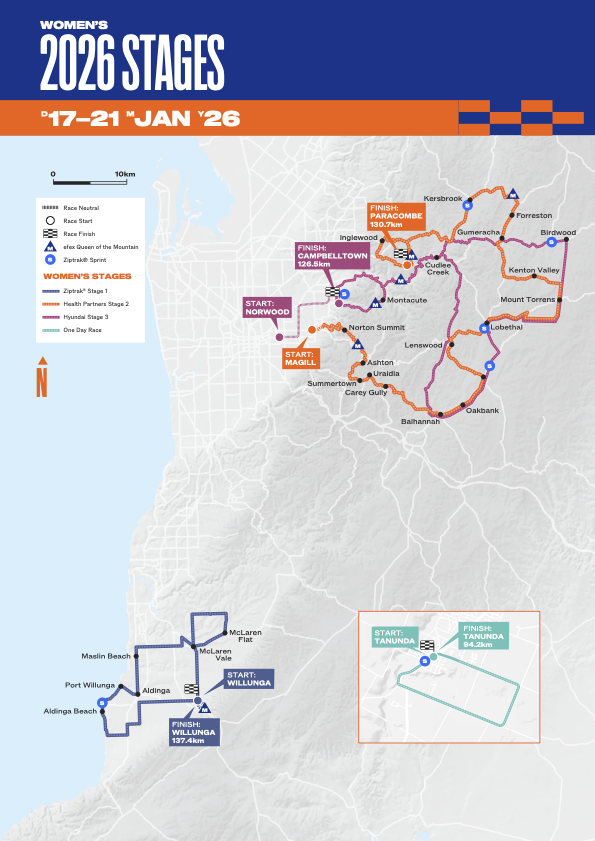Unzue: Andorra is the hardest Vuelta stage I've ever seen
Movistar manager confirms Quintana and Valverde to ride Spanish Grand Tour
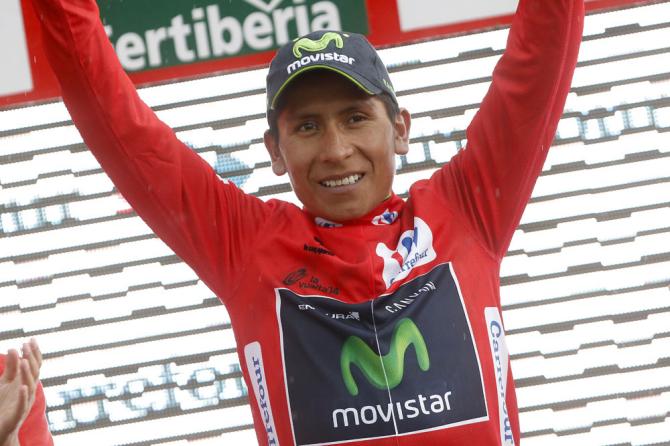
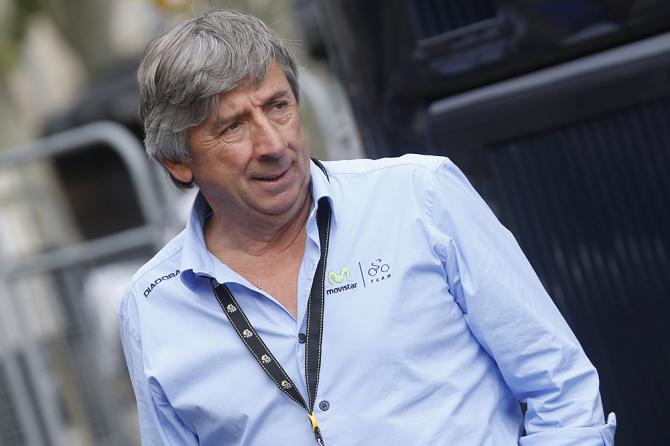
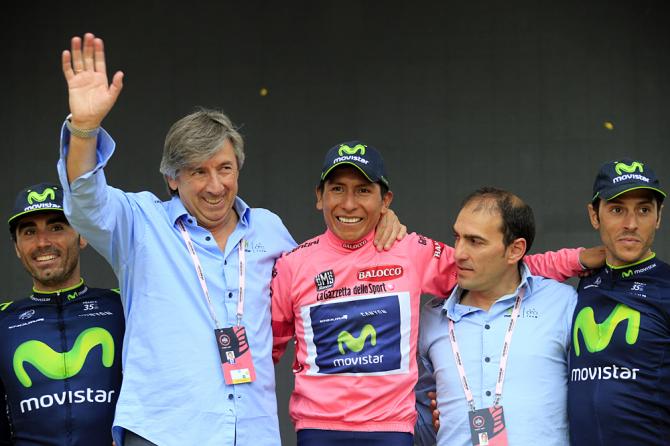
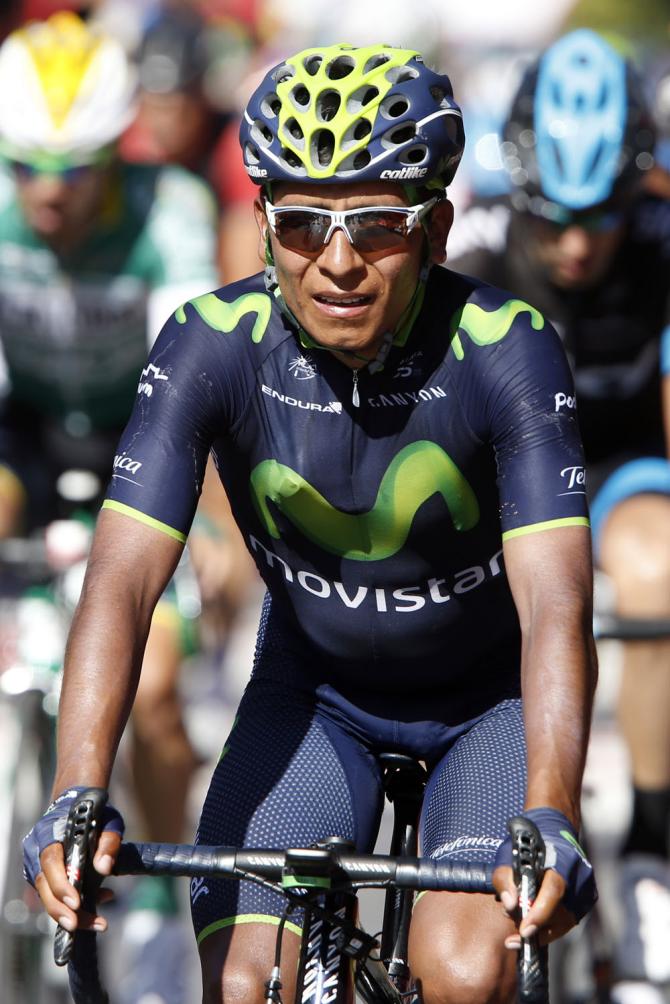
The moment the Andorra stage profile flashed up on the screen at the Vuelta a España presentation in Torremolinos, it provoked a buzz of conversation in the audience. It was easy to understand why. Eusebio Unzue, the veteran Movistar boss, who will field both Alejandro Valverde and Nairo Quintana in the Vuelta described it as “the most demanding stage I’ve ever seen in a Grand Tour.”
"Firstly there’s six classified climbs, and that adds up to 5,200 metres of climbing. That’s a lot more than in most of the major Alpine or Pyrenean stages of the Tour or Giro, which tend to come to 4,500 metres at most,” Unzue told Cyclingnews. “But it’s the shortness, too, of the stage, 138 kilometres, which will make it really hard. There’s no time to recover between the climbs at all. There’s not a single metre of flat, it’s constantly going up and down, all day long. 65 to 70 kilometres of climbing. It’s so hard, in fact, it could well decide the Vuelta overall.”
It is noticeable that, only one of the climbs, the Cornella, is second category. The rest are more difficult, with the first categories Beixais, Ordino and Rabassa followed by the Cornella, then the hors category Collada de Gallina, with the El Cortals de Encamps, a first category 14 kilometres ascent, to finish the stage. All of the climbs are within the mini-state of Andorra, the first time the country has hosted a full stage of a Grand Tour.
“There has never been such a hard Vuelta, and there’s never been such a hard stage as Andorra in the history of cycling,” Unzue, who began directing teams back in the eighties, told Cyclingnews.
Although there have been other Vuelta stages with more vertical climbing - in Velefique in the 2009 Vuelta won by Ryder Hesjedal, the Andorra stage had a mind boggling 6500m of climbing. Andorra’s climbs, as Unzue points out, “are normally steep, with very difficult sections, and that’ll make the riders suffer more.”
Asked if the stage would be the most decisive of the race, he answered simply: “Yes, I think so. It could sink any of the favourites.”
“In recent years we’ve always had the big mountain stage right at the end of the race. The earlier stages have been very tactical, just a few seconds lost here and there. This time round it’s very different, this stage, in the middle of the Vuelta, is so demanding.”
The latest race content, interviews, features, reviews and expert buying guides, direct to your inbox!
Perfect for Nairo Quintana?
Despite describing five stages as “very hard, the other four summit finishes not so much,” Unzue would nonetheless not be drawn if such a course would favour Nairo Quintana, the Movistar team leader, who will also target the Tour de France in 2015.
But Unzue did confirm that “it’s on the program for both he and Alejandro Valverde to do both [the Tour and the Vuelta]. But let’s wait and see how things go.”
Unzue highlighted another factor that could make the Vuelta’s key mountain stage even harder: the unpredictable weather in Andorra at that time of year. In 2013 the last time the Vuelta visited Andorra, the Vuelta riders had been racing in temperatures of over 30 degrees during the previous stage at Casteldefels. Then as the Vuelta moved inland and into the mountains, the weather suddenly worsened in Andorra, with over a dozen abandoning the race, some with hypothermia,
“When we suddenly found ourselves in terrible weather at 2,000 metres above sea level. But let’s hope there’s better luck this time,” Unzue concluded, “the weather could be good, too.”
The late summer weather could even be too hot early in the race, to the point where Unzue warns that the first week of the Vuelta “which is hard anyway, will become even more difficult if there’s the usual blazing heat you get in Andalusia. On top of that, we then come up the Mediterranean coastline as far as Castellon, so the hot weather could stay with us all the way through the first half of the race. Riders could be really tired, then, by the time they get to Andorra.”
Unzue is aware that the Vuelta’s toughest Pyrenean stage could become yet more challenging for one final reason: The brutal change in pace from the flatter first ten days, then a rest day and 24 hours after that into the mountains in Andorra could well be a treacherous one.
France’s Jacques Anquetil, who almost lost the 1964 Tour de France after a rest day in Andorra when he was dropped on the Envalira climb, probably remains the most infamous case of a top rider who suddenly found himself vulnerable after a jours de repos in the Pyrenean mini-state. With the 2015 Vuelta’s toughest stage immediately after the rest day, other top names, 51 years after Anquetil, may well find themselves leaving Andorra in an even more complicated situation.
Alasdair Fotheringham has been reporting on cycling since 1991. He has covered every Tour de France since 1992 bar one, as well as numerous other bike races of all shapes and sizes, ranging from the Olympic Games in 2008 to the now sadly defunct Subida a Urkiola hill climb in Spain. As well as working for Cyclingnews, he has also written for The Independent, The Guardian, ProCycling, The Express and Reuters.

